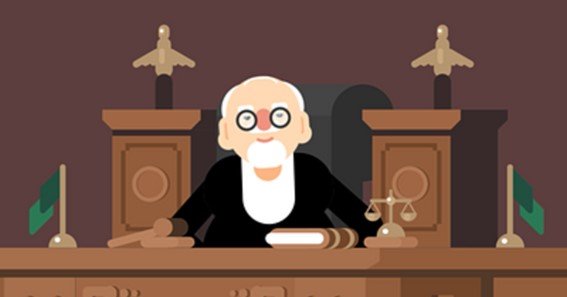The legal landscape for animation is complex, covering everything from intellectual property rights to the use of animations in legal proceedings. Whether you’re an animator or a legal professional using animation as a courtroom tool, understanding the laws surrounding representation is crucial. These laws ensure that creators are protected and that animations used in courts are both accurate and admissible.
Copyright and Ownership in Animation
One of the key legal concerns in animation is copyright registration, which grants the creator exclusive rights over their work. These rights allow the animator to reproduce, distribute, and display their content publicly, as well as create derivative works such as sequels or adaptations. Registering for copyright ensures legal protection and the ability to enforce these rights in cases of unauthorized use.
Additionally, animation studios must consider the use of third-party content, ensuring that they have the necessary permissions for any assets or materials included in their projects. Failure to do so can result in copyright infringement claims, leading to costly legal battles.
Use of Animation in Legal Proceedings
In legal contexts, animation has become an invaluable tool for simplifying complex scenarios, such as accident reconstructions, medical procedures, or crime scene recreations. For courtroom use, animations must accurately represent the facts of the case, adhering to strict guidelines to be admissible as evidence. This visual aid helps jurors and judges understand complicated situations that might be difficult to explain through words alone.
Courtroom animations, such as forensic reconstructions, need to be meticulously accurate and created using reliable data. These animations can be powerful in cases involving personal injury, product liability, and medical malpractice, allowing legal professionals to make persuasive arguments.
FAQ
- What is copyright registration in animation?
Copyright registration protects the creator’s legal rights, allowing them to control reproduction, distribution, and adaptations of their work. - Why is legal animation used in courtrooms?
Legal animations help clarify complex events like accidents or medical procedures, making them easier for juries to understand. - Can animations be used as legal evidence?
Yes, animations can be used in court, but they must accurately depict the events based on factual data to be admissible. - How can I protect my animation from being copied?
By registering your animation for copyright, you can prevent unauthorized use and take legal action against infringers. - What are the legal implications of using third-party content in animations?
Using third-party content without proper licensing can lead to copyright infringement claims, resulting in legal penalties.
Understanding these aspects of animation law ensures that creators can safeguard their intellectual property and legal professionals can effectively use animations to represent their cases.










